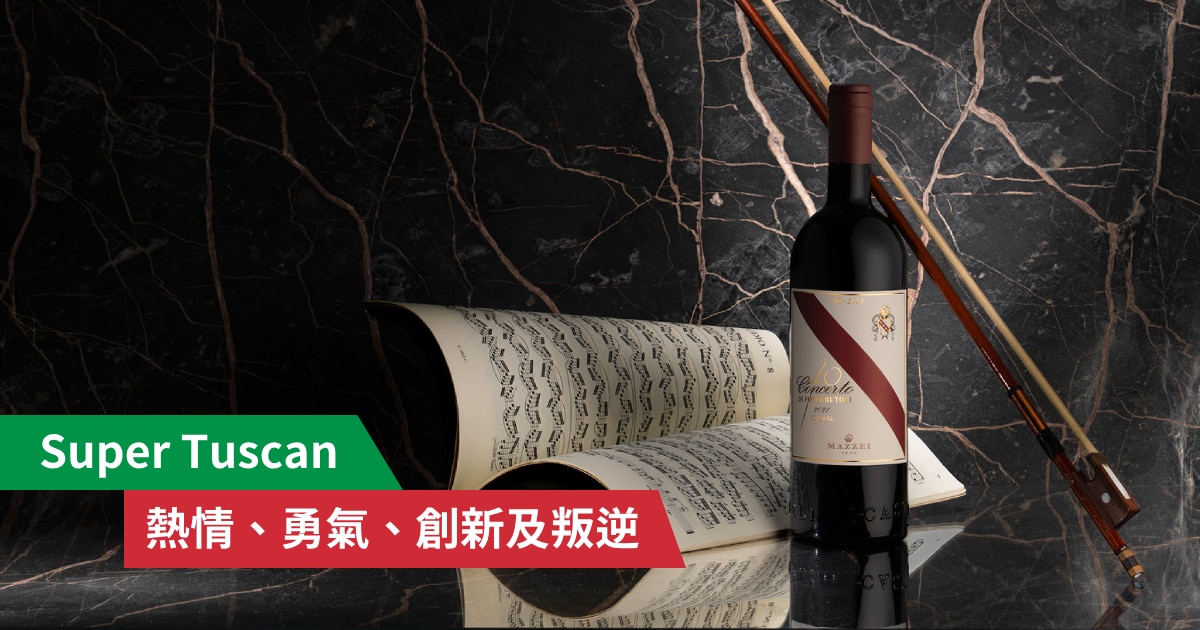Each of us has a different palate – how should we objectively and concretely describe a wine that we have tasted?
This episode of Watson’s Wine Academy will share a few common words regularly used in describing a wine’s taste. We can use these words to communicate with others about what feelings the wine we taste give us, and we longer need to say “it tastes good” or “it’s so special!”
Check out the video now:
Summary:
1. Tannin
Mainly from grape skin and stalk and has major impact on wine’s aging potential. After we drink the wine (mainly reds), there will be an astringent feel in our upper jaw and mouth cavity. Generally, Cabernet Sauvignon has stronger tannin than Pinot Noir. We can taste both wine type to experience the difference in tannin.
2. Acidity
Wines of higher acidity can stimulate more saliva production. Also its presence also makes wines refreshing. Wines made in cool Climate regions usually are higher in acidity. Beginners can try New Zealand’s Sauvignon Blanc and United States’ Chardonnay, with the former being more acidic, and thus bringing more saliva secretion.
3. Finish
It is to describe how long the desirable flavours linger in the mouth after we taste a wine. For some wines, once we swallow the wine, the flavours disappear; for some other, the flavours will linger for a few seconds or more. To feel a long finish, you may try high-quality sweet wines.



 即日到店自取
即日到店自取























